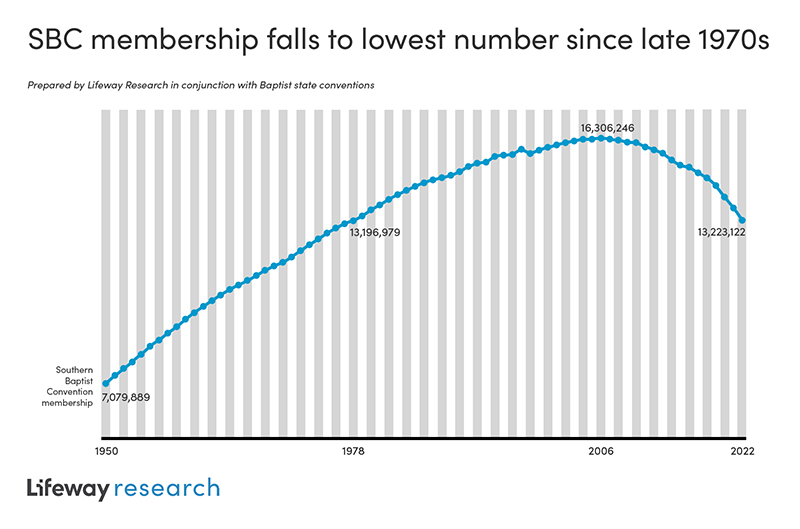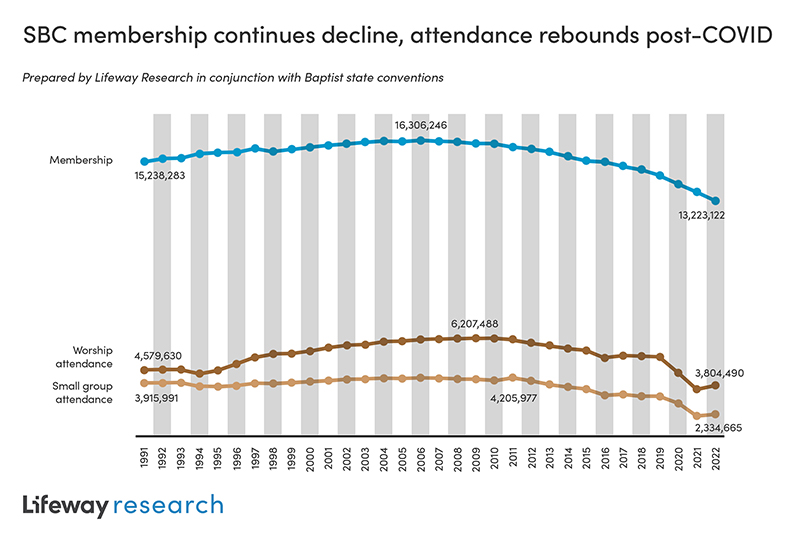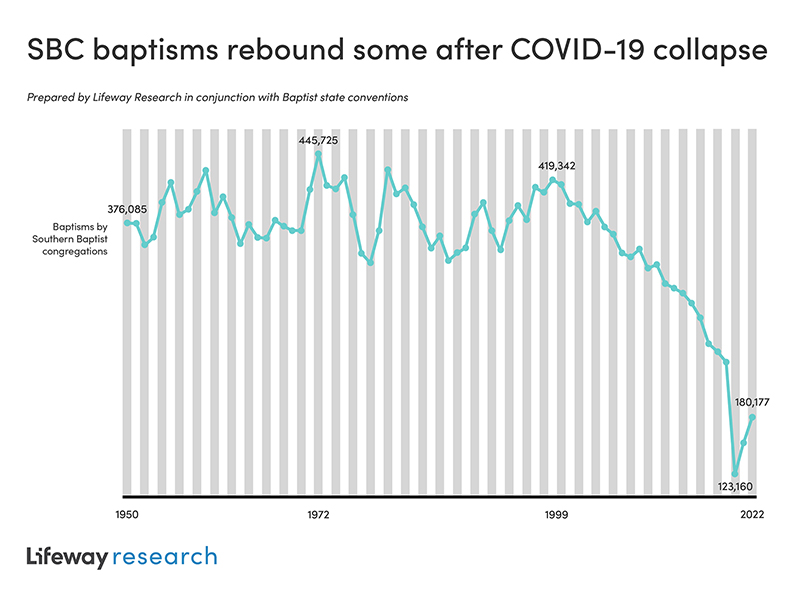News Update: Debt ceiling “negotiations” continue . . .

And Rep. George Santos Keeps Working With His Mentor . . . .

A preview of the campaign strategy . . .

Speaking of George Santos, he was carefully accessorized when he arrived at his office on Tuesday. But when arrested shortly after, the AR-15 pin was gone . . . .

As this new binder cover was rolled out, unconfirmed rumors swirled that three justices were holding up its completion, demanding that the text be printed on Charmin Ultra Strong. Asked how this dispute could be resolved, a court spokesperson said, “Depends . . . .”

The winner of Wednesday’s CNN Town Hall Star Lookalike contest, outside the studio, working for autographs to add to their collection …

Another full-color nightmare about 2024 .. .

![]()
[NOTE: The following is not satire. For many Baptists it will be read as bad news; for this observer, it’s all good. The SBC is the heir to the American church tradition that championed slavery to the bitter end, blessed treason and secession, then stood as a bulwark of segregation, continues to exclude women from equal status and leadership, is promoting coverups of abuse scandals involving many prominent pillars of its brand of piety, and is a major stronghold of the religious authoritarianism that threatens all the best in our republic’s history and future. To see it shrinking steadily should warm the heart of sincere Christians there and everywhere.]
(Religion News Service) — The long, slow decline of the nation’s largest Protestant denomination continues.
Membership in the Southern Baptist Convention was down by nearly half a million in 2022, according to a recently released denomination report. Nashville-based Lifeway Research reported Tuesday (May 9) that the SBC had 13.2 million members in 2022, down from 13.68 million in 2021. That loss of 457,371 members is the largest in more than a century, according to the Annual Church Profile compiled by Lifeway.
Once a denomination of 16.3 million, the SBC has declined by 1.5 million members since 2018, and by more than 3 million members since 2006. The COVID-19 pandemic played a role in the downturn, as did the reality that as older members die off, there are fewer young people to replace them.

“SBC membership falls to lowest number since late 1970s” Graphic courtesy of Lifeway Research
The denomination has also been in a constant state of crisis in recent years, including a major sex abuse scandal, controversies over race and an ongoing feud over the denomination’s leadership and future direction.
Church membership rolls had also likely been filled with people who were no longer part of the congregation.
“Much of the downward movement we are seeing in membership reflects people who stopped participating in an individual congregation years ago and the record keeping is finally catching up,” said Scott McConnell, executive director of Lifeway Research, in a statement about the report.

“SBC membership continues decline, attendance rebounds post-COVID” Graphic courtesy of Lifeway Research
The denomination also lost 416 churches and another 165 “church-type” missions, according to the report.
Even as membership dropped, attendance at worship services continues to recover from pandemic lows. Attendance was up 5% to 3.8 million in 2022, after falling from 4.4 million in 2020 to 3.6 million in 2021, due largely to COVID-19 disruptions.
Churches reported 180,177 baptisms for 2022, up 16% from 2021. Like attendance, baptisms took a steep hit during the pandemic, from 235,748 in 2019 to 123,160 in 2020. Baptism numbers then began increasing in 2021.

“SBC baptisms rebound some after COVID-19 collapse” Graphic courtesy of Lifeway Research
Despite the decline in members, giving to the SBC remained steady. Receipts at SBC churches totaled nearly $10 billion, up 2% from 2021.
The SBC will hold its annual meeting June 13-14 in New Orleans. There, delegates — known as messengers — from local churches will hear an update from a task force charged with implementing abuse reforms and elect a president for the denomination. The current president, Texas pastor Bart Barber, faces a challenge from Georgia pastor Mike Stone, who narrowly lost the presidential election to Ed Litton in 2021.
Messengers at the meeting will also discuss the role of women in church leadership. Earlier this year, the SBC’s Executive Committee voted to expel several churches for having women pastors, including Saddleback Church, a California megachurch and one of the denomination’s largest congregations, for having women pastors. Saddleback is expected to appeal that decision.
A Virginia pastor has also proposed an amendment to the SBC’s constitution that would bar churches with women pastors from being part of the denomination. The SBC’s statement of faith limits the office of pastor to men — but churches disagree on whether that limit applies only to the role of senior pastors or to all pastoral roles at churches.

 Why not? Mostly because of what I wasn’t: I
Why not? Mostly because of what I wasn’t: I  wasn’t a girl (& never had been); wasn’t a slave (or even an enslaver, for that matter); wasn’t Black, and (late entry) had no plans to have the tale vetted by an ethnic/cultural sensitivity reader.
wasn’t a girl (& never had been); wasn’t a slave (or even an enslaver, for that matter); wasn’t Black, and (late entry) had no plans to have the tale vetted by an ethnic/cultural sensitivity reader.

